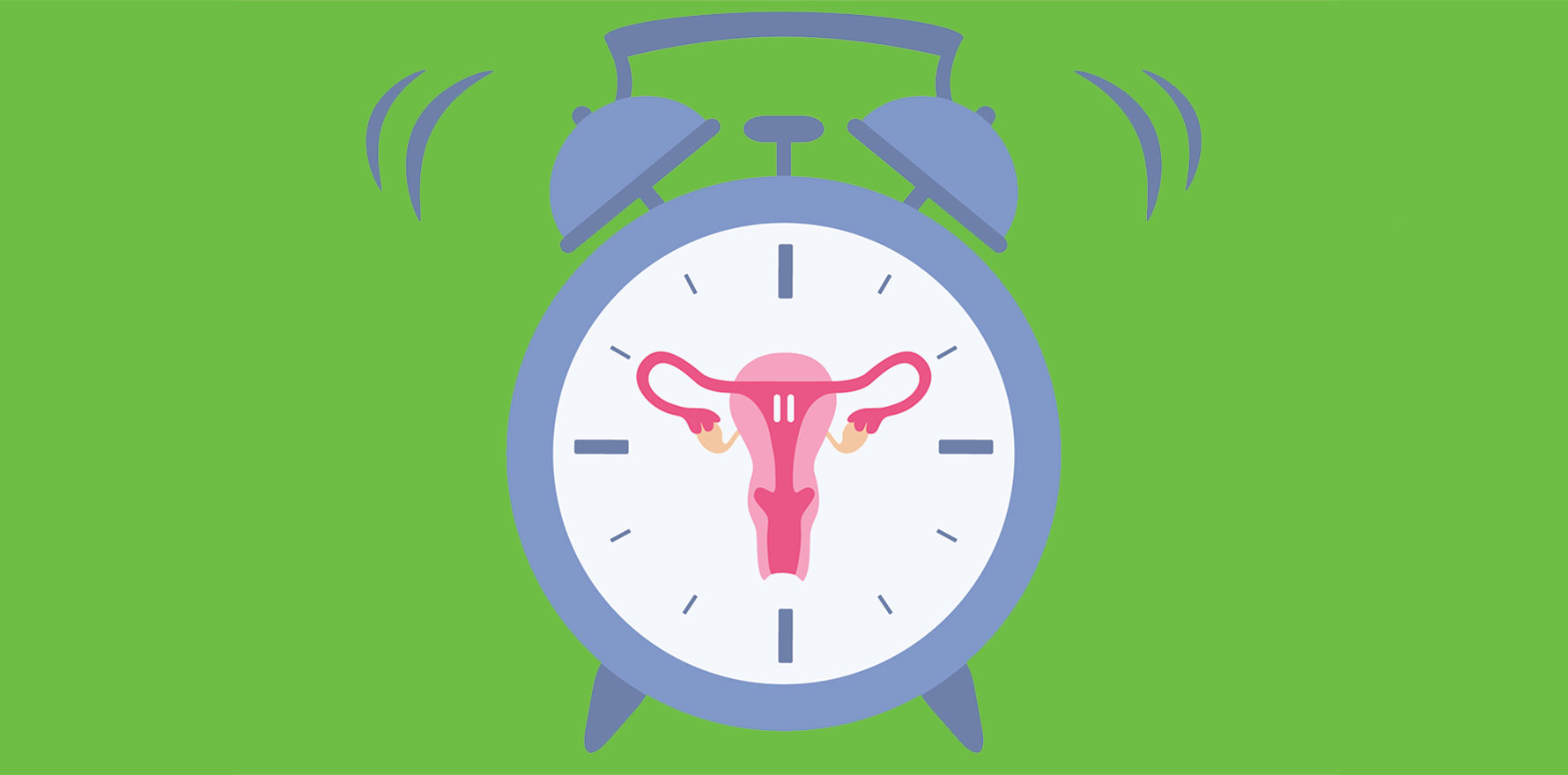But the pipeline is expected to return to normal in the coming months for most products.
The shortage of hormone patches for menopause will continue longer than thought, thanks to “manufacturing issues”, the TGA has announced.
A number of estradiol and combination estradiol/norethisterone transdermal patch products are affected.
While the import of alternatives to Estradot 37.5, 50, 75 and 100 have been approved under section 19A of the Therapeutic Goods Act 1989, these aren’t subsidised by the Pharmaceutical Benefits Scheme.
Therefore the TGA has advised prescribers to be wary of the shortages when starting new patients on MHT patches.
“Limiting initiations in this shortage period will help preserve available supply for existing patients,” said the regulator.
GP Dr Ceri Cashell, who has a special interest in menopause, told The Medical Republic that for many menopausal women, MHT was not a lifestyle choice but a necessity.
“This is not just about woman getting rid of hot flushes and night sweats,” she said.
“It’s about maintaining that mental health stability that allows them to function in all domains of the demands of midlife … [It’s] about stabilising a woman’s mood, her ability to sleep, her ability to function at work and as a parent, as a partner, as a carer.”
Dr Cashell said she was not currently initiating patients on MHT patches for fear of shortages.
“As a prescriber, I generally only initiate on [MHT] gels, so I know I can get [my patient] stabilised and I know they’re still going to be able to get their supply.
“Interestingly, there isn’t a supply issue with the gel.”
According to the TGA, the current supply issues have been exacerbated by the discontinuation of Climara brand MHT patches at the end of last year.
But there’s also been a concurrent uptick in demand for patches and MHT products as awareness and education around menopause and perimenopause has improved, added Dr Cashell.
“HRT prescribing to menopausal woman is currently sitting around about 13-14%,” she said.
“We’ve had this uptick in prescribing in the context of a reduction in supply, in a manufacturing industry that has not really allowed itself to be open to free markets.
“[There’s a] supply chain problem with a limited number of providers making body-identical hormone therapy and with the withdrawal of one of the three main patches in Australia [Climara].
“We haven’t seen an ability for the global supply chain to pivot and rise to the challenge.”
While for some women gels can be a suitable alternative, for others, patches make adherence easier and improve hormonal absorption.
“I have [patients] driving to parts of Sydney where HRT prescribing is a lot lower to try and source their patches,” said Dr Cashell.
“There are many women who like the easiness of wearing and changing the patches, they don’t like the tackiness of the gel.
“Patches are also better for women who suffer migraines because fluctuating hormones from the gel can trigger their migraines.”
Related
According to Dr Cashell, other women who are very sensitive to hormonal fluctuation, such as those with epilepsy or premenstrual syndrome, often prefer patches.
Normal supply is expected to resume for Estradot 25, 50 and 75 from 15 June. Estradot 37.5 is now expected to return to normal supply by 15 July, as is Estradot 100.
Shortages of Estalis Sequi 50/140 are now expected to continue until 15 May, and for Estalis Sequi 50/250 until 1 June.
Estalis Continuous 50/140 will likely be back in supply after this week and Estalis Continuous 50/250 is already available again.





